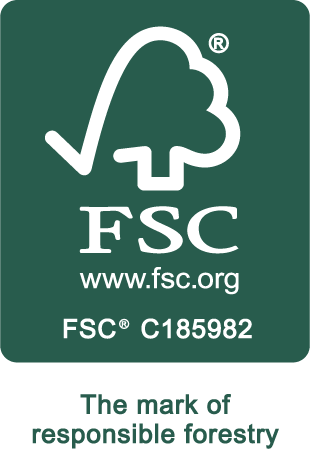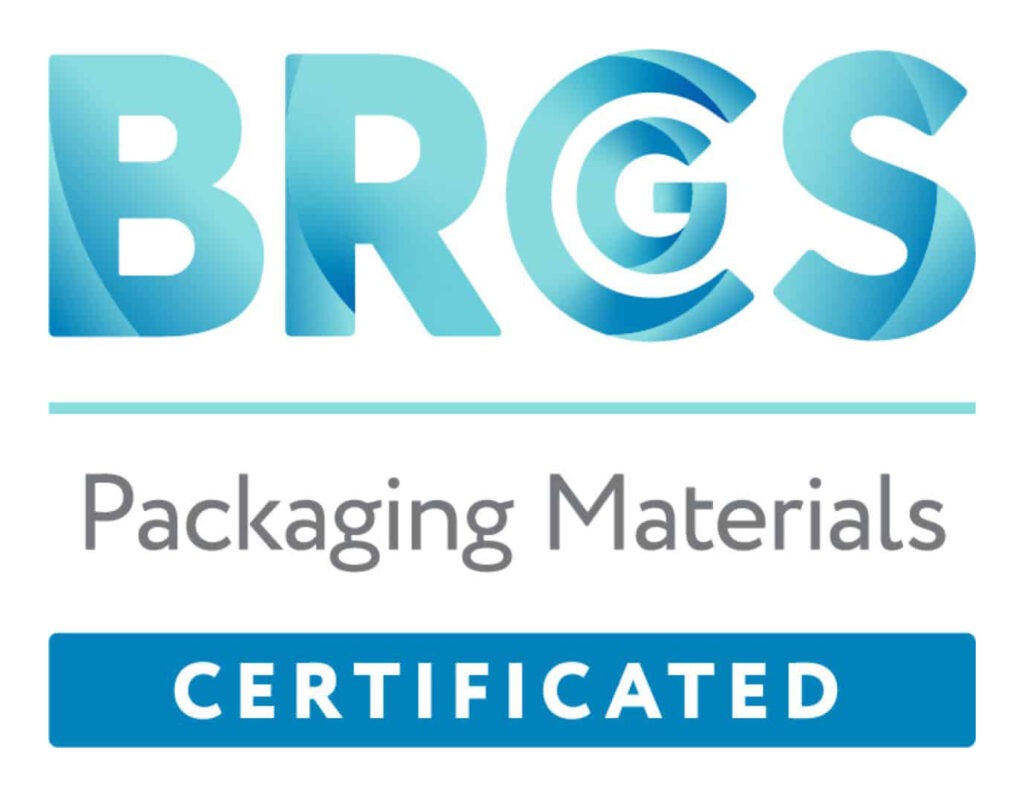An Overview of Flexible Films: Types, Properties, and Applications
The power of flexible packaging to elevate product appeal, create positive customer experiences, reduce overall cost and improve production cycle efficiency has earned it a prominent place in the modern packaging world. What sets flexible packaging apart is its ability to be versatile while also being reliable for manufacturers and customers alike.
Typically, flexible packaging is made of plastic, metal (aluminium foil), paper or a combination of these materials to form packaging that moulds around products. Flexible packaging films or flexible films are thin sheets of plastic, sometimes laminated with paper or metal.
This blog breaks down the key properties, types and materials of flexible films and the industries they are utilised in. Read more below.
What are the key properties of flexible films?
- Strength and weight – Flexible films are lightweight, can bend without breaking, and can be resistant to scratches, tears and punctures.
- Temperature resistance – Flexible films can be produced for ambient temperatures or made to be resistant to high and low temperatures.
- Transparency – Flexible films can be highly transparent, completely opaque or have a varying level of opacity to showcase the products or to protect them from light.
- Sustainability – Flexible films can be recyclable, and some are compostable for industrial and home processes.
What are the different types and materials of flexible films?
Flexible films can be classified based on composition of materials, applications, barrier and moisture properties and processing methods. At Terinex Flexibles, we classify flexible films based on different properties and applications.
- Barrier films – Flexible films that retain the delicate balance between gasses and moisture within the packaging. Barrier films prevent transmission of flavours and odours and are resistant to external microbial and bacterial contamination, as they have multiple layers of laminated film or a protective coating.
- Lidding films – Lidding films are a protective layer for retaining products within rigid packaging such as containers made of cardboard, aluminium foil or plastic trays or boxes. The film can be made to be peeled off or be punctured if it’s welded to the container.
- Printed films – Printed films are designed with vibrant, high-quality inks and produced to meet the needs of the product or brand.
Based on materials, flexible films can be classified as –
OPP and CPP films – Oriented polypropylene (OPP) films and Cast polypropylene (CPP) films.
They are available as clear, matte or white and provide high clarity and sealability.
- OPP standard film – Has a heat seal layer
- OPP EVOH (Ethylene vinyl alcohol) film – Has enhanced barrier properties
- OPP acrylic coated film – Has improved surface properties
- OPP alox coated film – Has enhanced barrier properties with an Aluminium oxide layer
- OPP metallised film – Has a premium metallic appearance
- CPP film – Has good clarity
- CPP metallised film – Has superior metallic properties
PET (Polyester) films
Strong, durable and temperature-resistant films with excellent barrier properties.
- PET heat seal/ovenable film – Has a heat seal layer
- PET alox film – Has enhanced barrier properties with an Aluminium oxide layer
- PET lidding film – Has a treated surface layer
- PET acrylic coated film – Has an acrylic coating
PE (Polyethylene) films
These vary in thickness and are available in a wide range of colours. They can be peeled and resealed and have superior puncture resistance.
- MDOPE (Machine direction-oriented polyethylene) film – Has good printability and barrier performance
- EVOH (Ethylene vinyl alcohol) PE film – Has moisture and gas protection
- BOPE (Biaxially oriented polyethylene) film – Has high impact resistance
Compostable and post-consumer recyclable (PCR) films
These films are suitable for anaerobic digestion and are compostable in industrial and home environments.
- PCR OPP film
- PCR PET film
- NatureflexTM compostable film
What are the suitable applications and industries for flexible films?
- Food – It’s the largest sector that uses flexible films. Flexible films support high speed packaging with printed films that can be filled with hot or cold food contents and converted simultaneously to produce finished products. Temperature resistance makes flexible packaging ideal for products that need to be cooked in the oven or transported via cold chains and stored in refrigerators, while ensuring the packaging does not react with the food. Features such as resealable lids and easy-to-open pouches, bags and lidding films make them ideal for food that’s consumed on-the-go.
- Pet food – Flexible films have made pet food packaging innovative with multiple options such as single serve packs, lightweight treat packs and heavy-duty bulk sacks. Flexible films can maintain freshness and prevent transmission of strong odours and moisture.
- Healthcare and pharmacy – Flexible films are preferred in the healthcare industry for maintaining sterility, creating bags and pouches for medicines, peelable pouches, blister packs and tamper-evident packaging.
- Cosmetics and personal care – Flexible films help keep cosmetics and personal care products hygienic and secure and are ideal for single-use and refillable products. Versatile surface finish and print options allow for aesthetically impactful packaging results.
Terinex Flexibles: Your guide to flexible films
As leading suppliers of printed flexible packaging films, we bring together the latest technology with unique creative solutions, for designing and printing flexible packaging. We follow the latest industry standards and combine strategic planning with our decades of expertise to give our customers a seamless experience.
Get in touch with us to explore how we can elevate your packaging.





